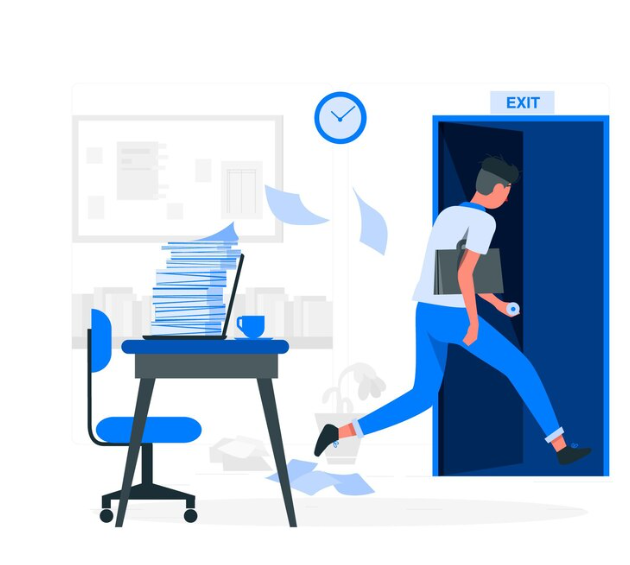Navigating the delicate process of leaving a job can be a challenge, but it's a crucial part of your professional journey. Whether you're moving on to a new opportunity, changing careers, or simply needing a break, quitting your job gracefully is key to maintaining professional relationships and a positive reputation.
Understanding the Importance of a Graceful ExitQuitting a job isn't just about the immediate transition; it's about leaving a lasting, positive impression. Your future career prospects can be significantly influenced by how you handle this process. A graceful exit helps preserve valuable connections and leaves the door open for future opportunities.
Step 1: Timing Your NoticeBefore announcing your decision, consider the timing. The standard is to provide at least two weeks' notice, but if your position is high-level or involves complex responsibilities, a longer notice period may be appropriate. This gives your employer ample time to plan for your departure and begin the process of finding your replacement.
Step 2: Preparing Your Resignation LetterA resignation letter is more than a formality; it's a document that should be crafted with care. Keep it professional, concise, and positive. Express gratitude for the opportunities you've been given and avoid airing grievances. This letter will likely go into your employment file and could be referred to in future background checks.
Step 3: Having the ConversationBreaking the news to your boss is perhaps the most challenging part. Request a private meeting and express your decision calmly and professionally. Be prepared for any reaction, but stay composed. If asked for reasons, focus on the positive aspects of your new opportunity or personal growth, rather than criticizing your current job.
Step 4: Managing the TransitionOnce you've given notice, offer to help with the transition. This can include training your replacement, documenting your current projects, or creating a handover plan. Your aim should be to make the transition as smooth as possible for your team and your successor.
Step 5: Staying Professional Until the EndMaintain your work ethic and professionalism throughout your notice period. This is not the time to slack off or become disengaged. Your final weeks will be remembered and can significantly impact your colleagues' lasting impression of you.
Step 6: Expressing Gratitude and Saying GoodbyeBefore your last day, take the time to thank your colleagues and superiors for their support and collaboration. Personalized emails or notes can go a long way in maintaining good relationships. If appropriate, organize a small farewell gathering or send a group message expressing your appreciation.
Step 7: Reflecting and Looking ForwardAfter your departure, reflect on your experiences and lessons learned. This introspection can provide valuable insights for your next role and future career decisions.
Concluding ThoughtsQuitting a job gracefully is a testament to your professionalism and character. It's about leaving on a high note, preserving relationships, and setting the stage for future success. Remember, the world is small, and the way you leave a job can significantly influence your professional path ahead.



 Dojo Suggestion
Dojo Suggestion


